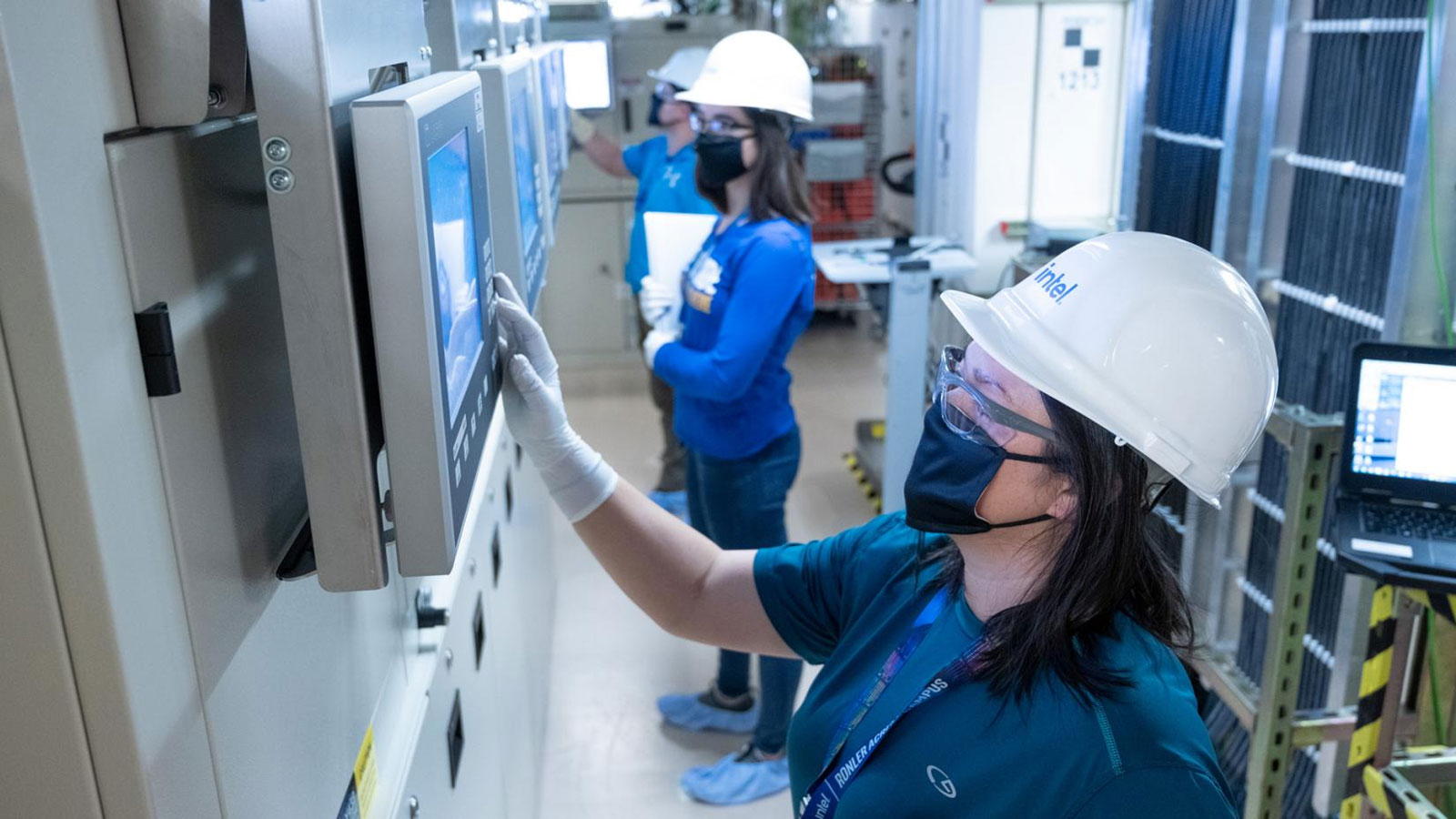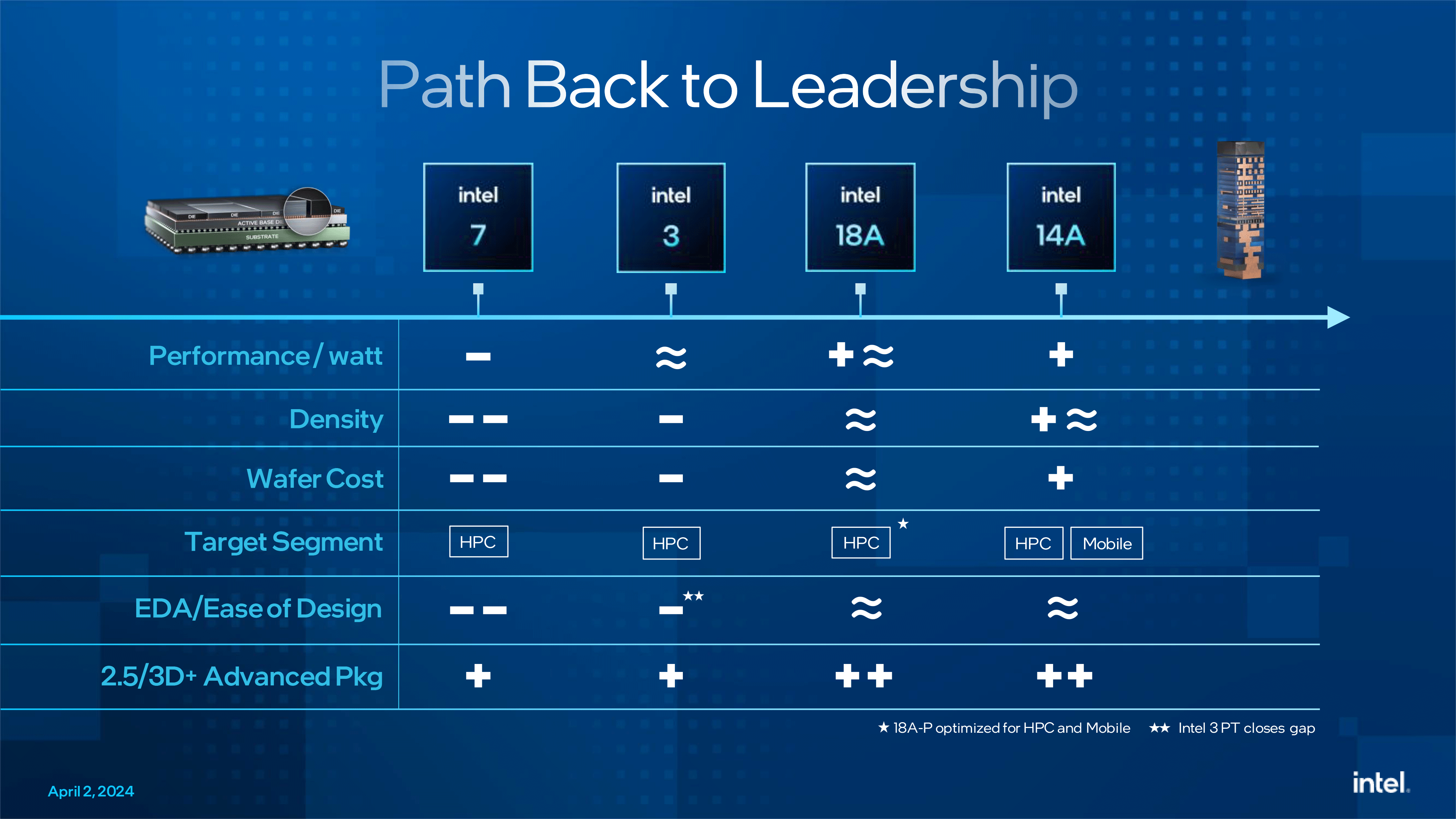
Intel's next-generation 20A (2nm-class) and 18A (1.8nm-class) manufacturing technologies are crucial for Intel's success and profitability in the mid-term future. Both fabrication processes will be production-ready this year, but it will be quite some time before they will account for a sizeable share of Intel's wafer shipments. In fact, Intel said 18A-based CPUs will only ramp to high volume in 2026.
"We will be ramping the first products Panther Lake and Clearwater Forest — the first client product and the first server product [based on 18A] — in 2025," said Intel CEO Pat Gelsinger at the company's webinar. "We will start to ramp to higher volumes in 2026 for 18A."

Intel's codenamed Panther Lake processor for client PCs is something of a mystery for now and the only thing that we can be sure of is that it will inherit a multi-chiplet design from its predecessor, as this seems to be a common way for the company to build its client offerings going forward. As for Clearwater Forest, this will be the company's 2nd Generation Xeon processor for datacenters based on energy-efficient cores. This particular CPU will rely on the codenamed Darkmont cores, though it remains to be seen how these will be different from the previous-generation Skymont cores.

For Intel, 18A is more than just two products as this technology will also be used by a number of its foundry partners — so ramping up production flawlessly is crucial for the company. Intel expects quite a lot from its 1.8-angstrom fabrication technology, particularly when it comes to performance-per-watt compared to the competition. But 18A is not exactly around the corner for Intel.
"The bulk of our wafers in 2025 are driven by Intel 7 and Intel 10," Gelsinger said. "So, that moderates the margin benefits that we get as we ramp the new EUV nodes, so we will see a good amount of Intel 3 in 2025, small amounts of 18A wafers [in 2025], [but] we will see a good amount of 18A wafers in 2026. […] Obviously, those volumes just continue to swing to more modern post-DUV nodes over the horizon."







